Zygote and fetus are the sequential stages of the development of an organism, the zygote being the initial product after the process of fertilization while the fetus is the final stage leading to the growth and developmental stage to form the final product.

What is a Zygote?
Zygote is defined as the first product of fertilization between sperm (male gamete) and egg (female gamete).
When two haploid organisms go through fertilization, a diploid fertilized zygote is formed.
That means it has two sets of chromosomes containing DNA.
All organisms, with the exception of bacteria, reproduce sexually, and a common characteristic of this process is the combining of haploid gametes to create a diploid zygote.
All of the components required for development are present in the zygote, but they only exist as an encoded set of instructions that are localized in the chromosome genes.
The new zygote’s genes do not actually begin to create proteins until several cell divisions (mitosis) after cleavage.
Following a sequence of mitotic divisions, this newly generated single cell develops into a multicellular form.
The cells that emerged from the zygote will fundamentally share the same genetic makeup throughout the body, but as they are arranged into tissues, organs, and systems, they will eventually acquire a unique function or purpose.
In humans, a zygote that divides into two distinct cell masses at a relatively early stage of its formation gives rise to identical twins. These two masses, which share the same genetic makeup, develop into embryos. Contrarily, fraternal twins arise from two distinct zygotes (two separate eggs fertilized by two different sperm).
A zygote is a fertilized cell that, while being the result of two cells fusing, is a single cell with a nucleus made up of chromosomes from both parents.
A multicellular eukaryote appears to go through its first stage of development at the zygote stage.
Zygote in humans
The zygote stage in humans begins on Day 1 of the first week following conception and lasts until the cell divides into two new cells.
The zygote is the initial cell stage of pregnancy. It starts in the fallopian tube and then travels to the uterus. The zygote divides as it moves, producing cells that will go through mitosis as well. The zygote will soon develop into an embryo, which will then be inserted into the uterus. There, the embryo will continue to grow and become a foetus.

What is a Foetus?
The unborn offspring of a vertebrate, particularly from mammals, once it has developed the basic shape and organs, that resemble its kind, is called a foetus, also spelt foetus.
The embryonic period
It ends when the outward shape of the embryo starts to look like its parent specie. this term used arbitrarily by biologists to refer to the initial stages of development of the fertilized egg.
The foetal phase comes after that and ends with childbirth. In the course of development of a human being, this change takes place around the ninth week following conception.
Increase in the rate of growth and the completely developed organs characterize the foetal stage.
The human foetus may experience certain genetic abnormalities that could result in early delivery of the baby known as premature birth. A premature birth is one that occurs more than three weeks before the anticipated due date.
Spontaneous Abortion, also known as miscarriage is expulsion before the foetus has developed to the point where it can thrive without medical help without external support and supply of nutrition (20 to 22 weeks).
The expulsion of a dead pregnancy is regarded as a stillbirth.
Using genetic information extracted from blood sample taken from mother and saliva sample taken from father, scientists have been able to recreate the human foetal genome thanks to developments in DNA sequencing technologies.
These samples and testing can significantly lower the risk of miscarriages.
Procedure like amniocentesis and chorionic villus sampling can be used for these noninvasive tests.
Similarities between Zygote and Foetus
- Despite the fact that the adult versions of these species have completely distinct appearances, the same cell types develop in the same order in both zygote and foetus.
- Both the zygote and fetus are the stages of the prenatal process of birth, the zygote belonging to the embryonic stage and the fetus belonging to the foetal phase.
- Both foetus and zygote go through mitotic division of cells for growth and development.
- Both zygote and fetus are diploid (2N) with two sets of chromosomes having the whole genetic makeup of the organism they are developing into.
- Both are the product of fertilization between the male gamete (sperm) and female gamete (ova or eggs)
- A zygote develops into a foetus after going through various cell divisions and growth processes.
- Both the zygote and fetus are implanted into the uterus of the human body.
FAQs
Are zygote and foetus same?
Zygote is the initial stage of the embryonic phase, formed as a result of the union of sperm and egg. The fetus is the product of rapid cell division in the zygote, developing the embryo into the fetus.
What are the differences between a zygote and a fetus?
A zygote is a group of cells formed as the initial product of fertilization while the fetus is the final stage of development of an embryo, developing into an organism.
Is there any relationship between the embryo and the fetus?
Embryo and fetus both are the sequential stages of the development of an organism, the embryo being the initial stage while the fetus is the final stage of development.
How does a zygote become a fetus?
Zygote goes through various stages before becoming a fetus, it develops into a blastocyst, which forms an embryo, then the embryo after the stages of embryogenesis goes into the fetal stage.
What is embryo zygote and foetus?
The embryo is formed as a result of rapid cell division in the zygote. Cell division results in a blastocyst and it forms an embryo.
Fetus is the final stage of development that leads to the formation of an organism by organogenesis and growth.


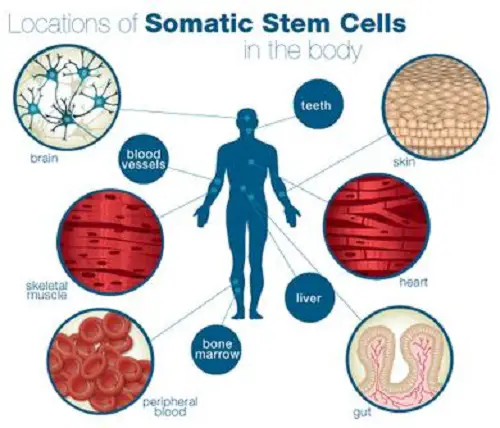
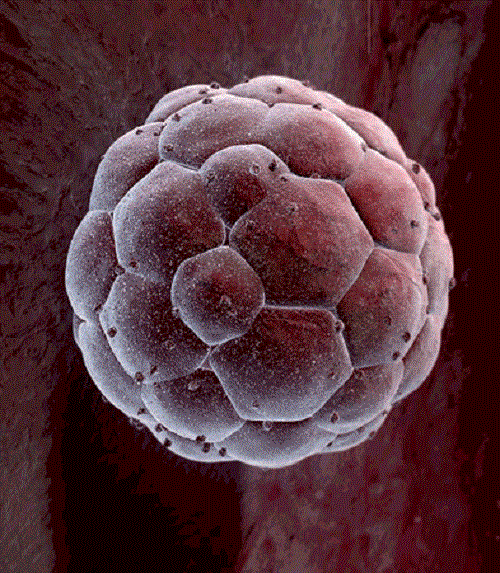
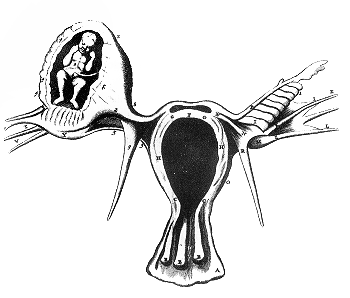
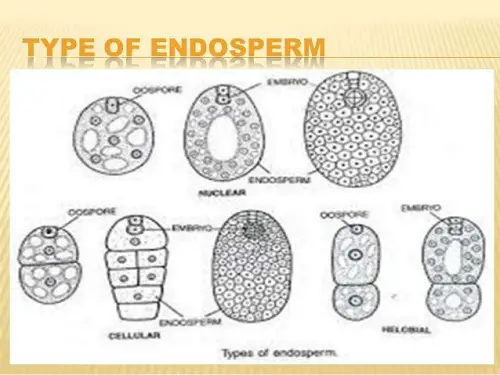
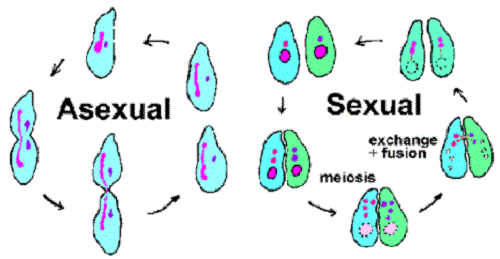





Leave a Reply